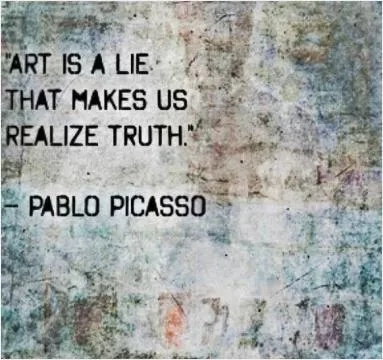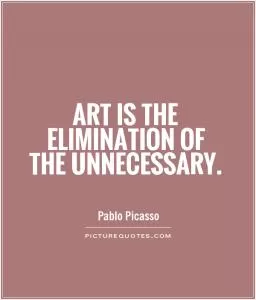An idea is a point of departure and no more. As soon as you elaborate it, it becomes transformed by thought

An idea is a point of departure and no more. As soon as you elaborate it, it becomes transformed by thought
Pablo Picasso, one of the most influential artists of the 20th century, understood the power of ideas and the transformative nature of thought. His innovative approach to art and his ability to constantly reinvent himself are a testament to his belief that an idea is just the starting point for creativity.Picasso's career was marked by a series of artistic breakthroughs, each one building on the ideas that came before. He famously said, "I begin with an idea and then it becomes something else." This quote perfectly encapsulates his approach to art - he saw ideas as a jumping-off point, a spark that ignited his creative process. Once he had an idea, he would explore it from every angle, pushing the boundaries of traditional art forms and challenging the viewer to see things in a new way.
One of Picasso's most famous works, "Les Demoiselles d'Avignon," is a perfect example of how he transformed his initial ideas through thought. The painting began as a simple sketch of a group of women in a brothel, but as Picasso continued to work on it, the composition evolved into a groundbreaking exploration of form and perspective. By deconstructing the human figure and reassembling it in a cubist style, Picasso created a revolutionary work of art that changed the course of modern art history.
Throughout his career, Picasso continued to push the boundaries of art, constantly experimenting with new techniques and styles. He believed that art should be a reflection of the artist's inner world, a way of expressing emotions and ideas that could not be put into words. By allowing his ideas to evolve through thought and experimentation, Picasso was able to create a body of work that is as diverse as it is influential.












 Friendship Quotes
Friendship Quotes Love Quotes
Love Quotes Life Quotes
Life Quotes Funny Quotes
Funny Quotes Motivational Quotes
Motivational Quotes Inspirational Quotes
Inspirational Quotes